Leadership Development Solutions
Needs Better
Leaders
In a world where effective leaders make all the difference, our expert team is dedicated to nurturing the growth and skills of leaders like you. Transform your organization with world-class leadership development.
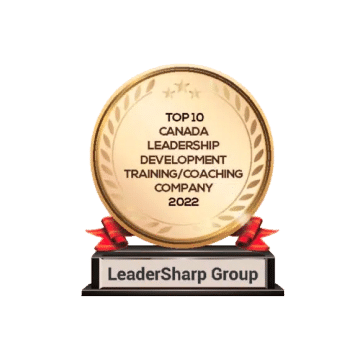

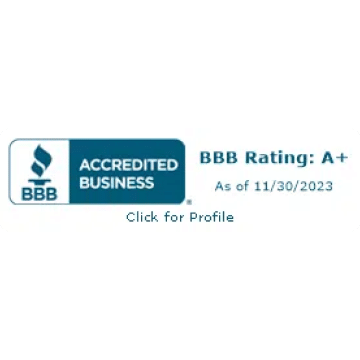

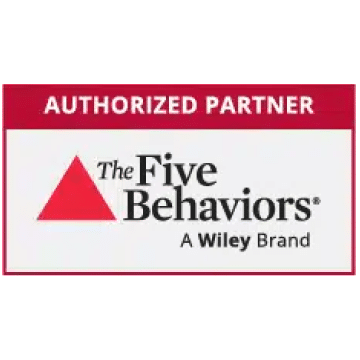

Organization
Through Effective Leadership Development
Welcome to LeaderSharp, the cutting-edge provider of advanced leadership development and coaching.
Let us help you sharpen your organization through our innovative solutions that not only empower you to bring out the best in your team, but also take your business to new heights. At LeaderSharp, we focus on providing high-impact training and transformational coaching. Our unparalleled approach enables you to maximize your leadership potential, experience powerful change through expert coaching, and enhance leadership effectiveness across your entire organization. Are you ready to become an exceptional leader with LeaderSharp?
Take Your Leadership to the Next Level
Develop
Transform
Create
Evolve
Real Change is Possible
LeaderSharp Group
Advancing the Development of Generative Leadership
Generative leaders are evolved and inspirational. They have a mindset of abundance, are creative and compassionate, competent and virtuous. They lead with both head and heart, acting as courageous servant leaders for the benefit of humanity and our precious planet.
At LeaderSharp, we are ambitious in our efforts to offer programs that not only advance leadership qualities in individuals and teams but also redefine the notion of what great leaders look like in our society.
Brands We Work With
Our Leadership Development Offerings
Leadership Training
Enhance Leadership Effectiveness Across Your Organization
Unlock exceptional results with our custom-fit programs. Sharpen your organization through effective leadership development by partnering with the experts at LeaderSharp.
You’ll be able to upgrade your leadership ability to move forward with clarity and confidence. Sharpen your organization through effective leadership development, custom leadership programs, and exclusive course catalogues that will lead to your team's success. This includes The Five Behaviors® of a Cohesive Team, Everything DiSC® Suite, and Great Feedback™, all contenders in the race for setting the highest industry standards for high retention and implementation of leadership development.
Everything DiSC® Participant
Team Effectiveness Workshop Participant
Great Feedback™ Participant
Leadership Coaching
Discover Powerful Change Through Transformative
Coaching
Lead with confidence and empower your organization to experience unrivalled success by harnessing the game-changing power of highly effective leadership.
Our industry-leading coaches and customizable programs ensure that you receive the best possible guidance to take your leadership to new heights. Whether you require executive coaching, or a complete evolution of your leadership, our world-class team is here to help you every step of the way. Through leadership coaching, we guide the development of leaders at all levels, from first-time managers to C-suite executives. Trust in the expertise of LeaderSharp and unlock the untapped potential of your organization today.
Executive Coaching Participant
Online Learning
Over 120 Online Courses to Support Your Leadership Development
In addition to leadership coaching and instructor-led leadership development, LeaderSharp also offers a wide range of online, self-directed courses for leaders at all levels to augment and enhance their leadership development.
LeaderSharp is the go-to choice for those who want to make a difference in their profession and carve out a successful career in leadership.
Leadership Consulting
Move Forward With Clarity
LeaderSharp's consulting services will provide your business with a clear and strategic path forward.
With our guidance in redefining your vision, purpose and strategic plan, we can guide you toward success. Our team’s strategic planning facilitation services take into account your unique business model and helps you create a compelling roadmap to achieve your goals. With HR/Organizational Development consulting, you can ensure your company is thriving with sustainable programs such as engagement, development, performance, and succession. Finally, the executive search expertise that LeaderSharp offers will help you place the right leader in the right role at the right time to move your organization forward. With LeaderSharp, you can have clarity and confidence in all your staffing requirements.
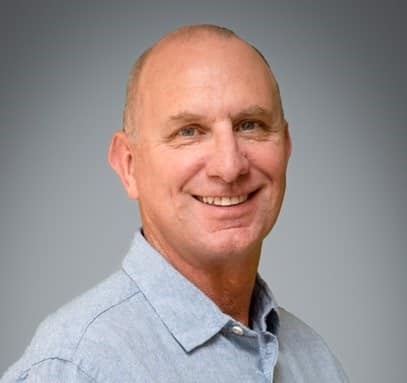
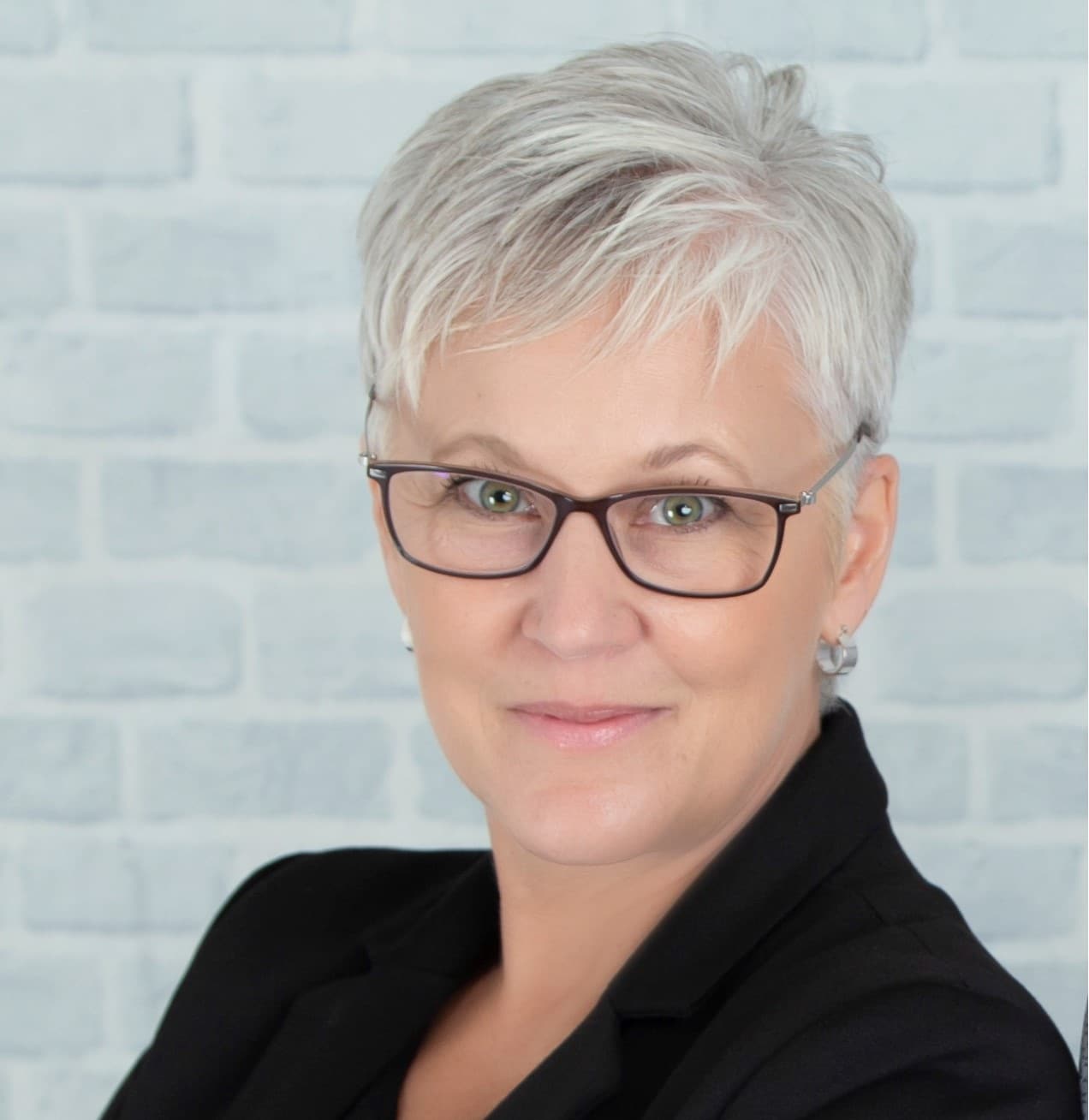


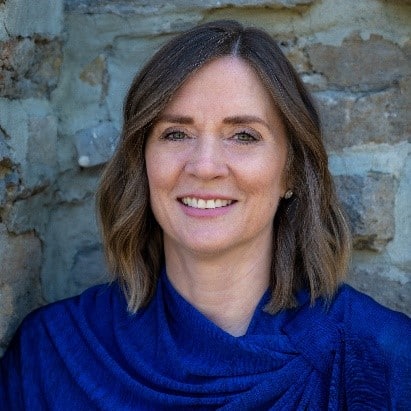




At LeaderSharp, we are dedicated to transforming well-intentioned individuals into exceptional leaders. Our approach differs from other programs, as we prioritize utilizing innovative methods, materials, and techniques that cater to each individual’s unique learning style. Our team of seasoned professionals is committed to creating a safe, inclusive, and supportive learning environment that fosters personal and professional growth.

Based in
Canada
Based in Canada, our professional and experienced team is committed to helping clients achieve their leadership goals, no matter their industry or background.

World Class Coaches
Our team of world-class coaches brings a dynamic approach to leadership development, empowering individuals with the skills and mindsets they need to succeed.

Growing
Online Library
We offer our clients and partners a growing content library of self-directed management and leadership courses.

Customizable Programs
At LeaderSharp, we pride ourselves on offering customizable leadership programs to meet the unique needs of our clients and enhance their ability to achieve their strategic goals.
Introducing Our High-Impact TRAINING Model
The Future of Leadership
Development is Here
LeaderSharp is dedicated to providing high-quality leadership development through our innovative model. Through high-impact techniques, we showcase our commitment to supporting your collective growth as leaders. Contact LeaderSharp today and take the first step toward a brighter future!
Vertical Development
LeaderSharp’s focus on vertical development provides you the opportunity to transform your leadership through mindset expansion using the Leadership Circle Profile as a catalyst for deep, impactful and powerful instruction.
Client Relevant
Our client-relevant approach ensures we deeply understand your opportunities and challenges as well as your strategy. Based on this critical foundation, we tailor-fit programs to meet you where you are at, and where you want to be.
Online Learning
Our growing library of online, self-directed courses for leaders at all levels allows us to offer a blended learning program, which augments in-person or virtual instruction.
Leadership Coaching
With access to 1:1 coaching from our seasoned coaches, you will be fully supported to increase the retention of your High Impact training, as well as ensure you implement your learnings fully into your role at work.


